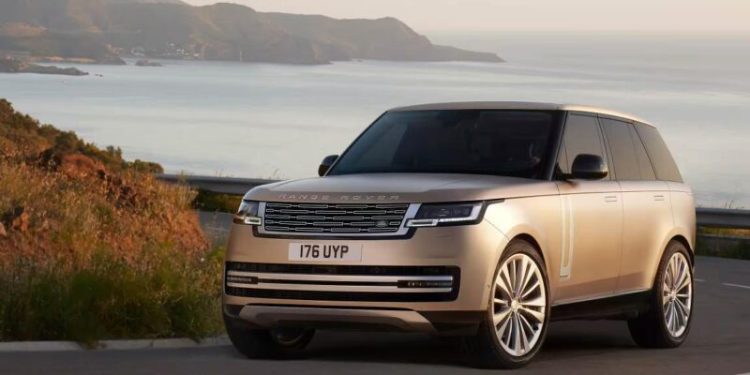Range Rover Electrics Are Nearing Production
Words NZ Autocar | Images Autocar UK, AutoExpress
Range Rover will unveil its electric RR Sport before year end, a rival for Lotus Eletre and Porsche Cayenne EV. It has been testing in Spain.
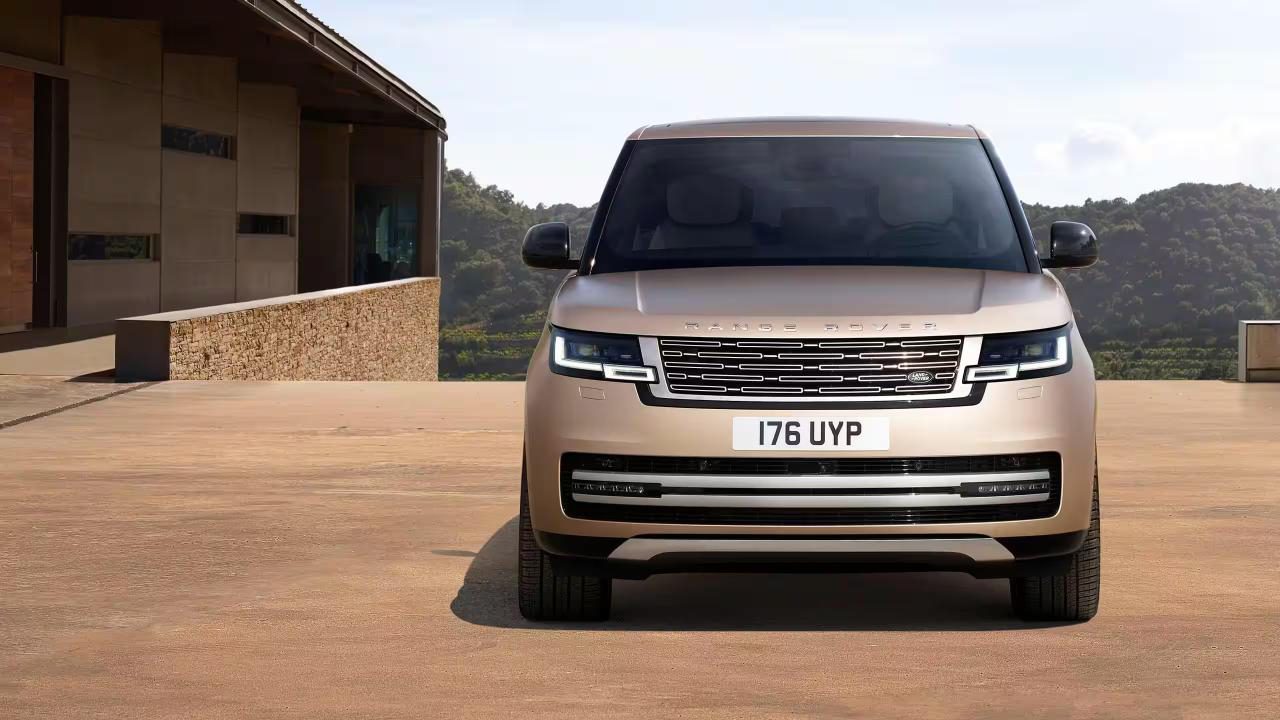
The prototype features a blanked-off grille and covers for the exhaust pipes. Its charging port will be in much the same place as the conventional fuel filler cap on current RRs.
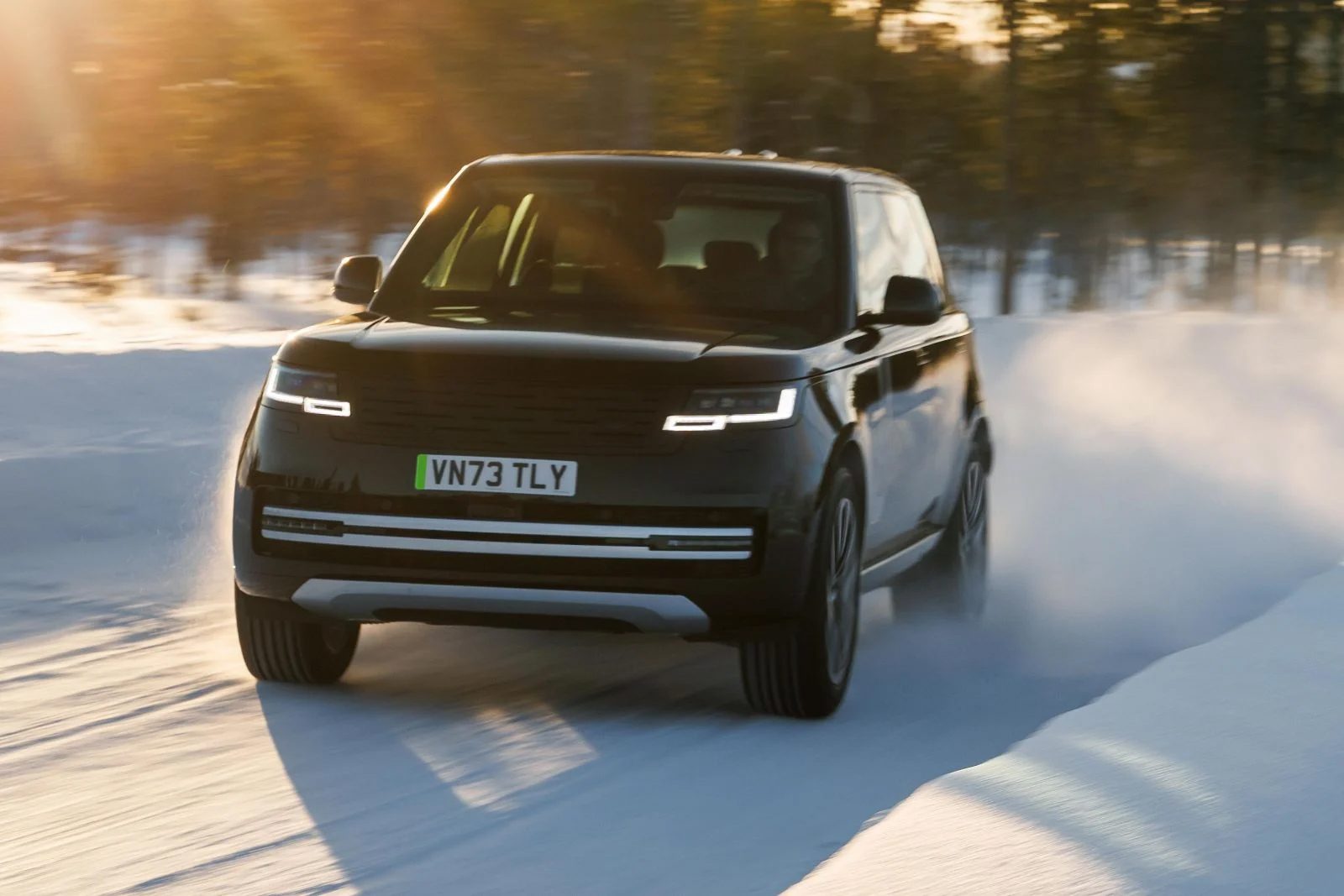
Several years ago, JLR planned to launch six EVs, with at least one Jaguar EV by 2026. However, with the slowing of global EV impetus JLR is easing off the EV gas pedal. Instead of six electric LRs by 2026, the firm is now saying four electric LRs will launch by that time. “Every product will be electrified by the end of the decade.”
The electric Range Rover and Range Rover Sport will both utilise the MLA platform that underpins the current combustion models. Two smaller SUVs will ride on the new EMA platform. They’re likely the Evoque and Velar replacements.
An electric successor for the Discovery Sport and a new entry-level Defender model will also use the EMA architecture in the near future.
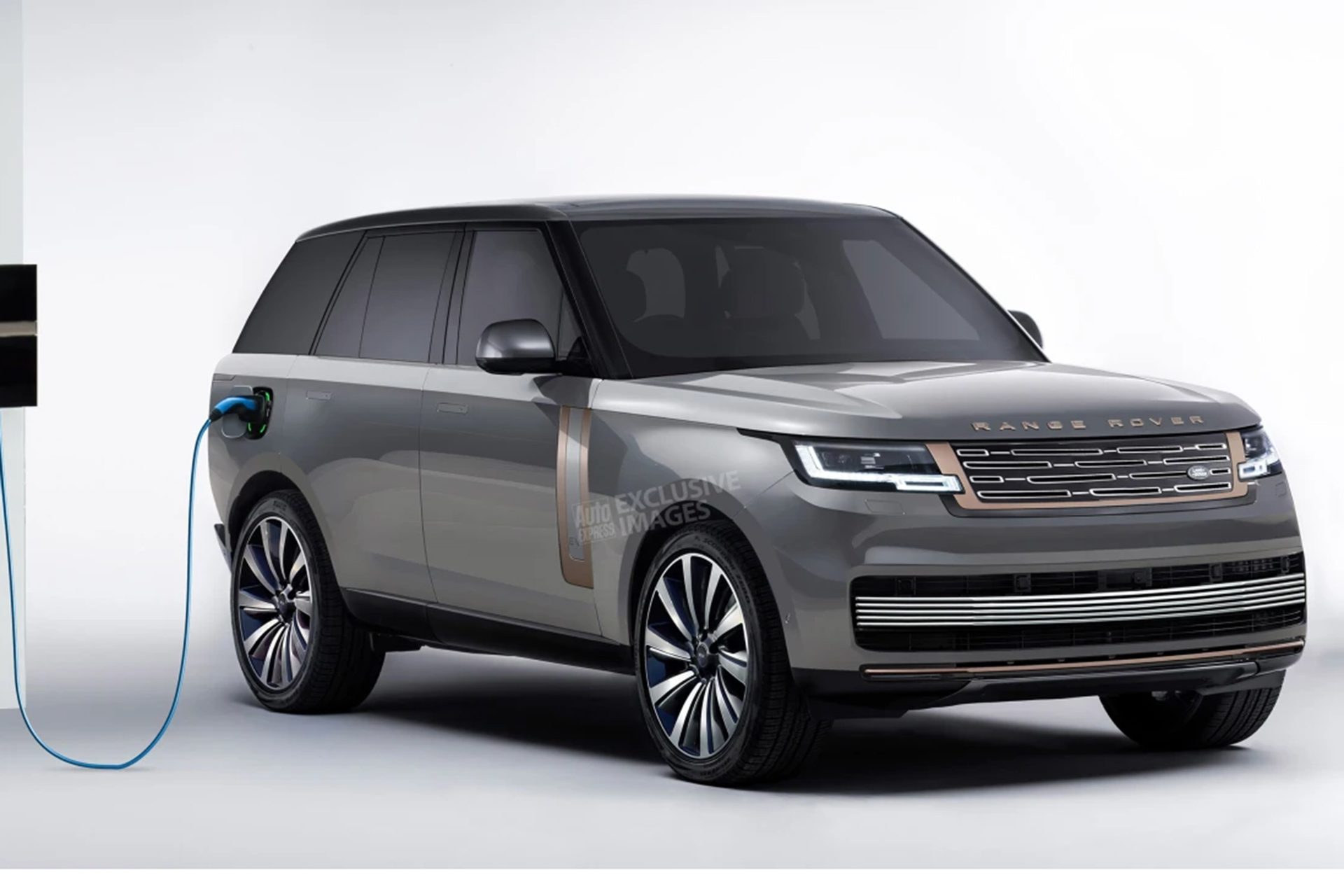
An electric four-door GT Jaguar will use a spinoff of this platform dubbed JEA. Full-sized luxury electric Jaguars will follow, in both SUV and saloon formats. Land Rover’s EV line-up will take precedence, however, with electric RRs first, then LR EVs and finally the Jaguars. These will all debut roughly 12 months apart.
Evidently over 41,000 buyers have signed up to the RR EV waiting list ahead of its imminent launch. Technical specs on the vehicle are not yet to hand but the same details will carry over to the RR Sport when it debuts not long after.
They will feature a four-wheel drive powertrain and have “go-anywhere” capability, including a wading depth of up to 850mm.
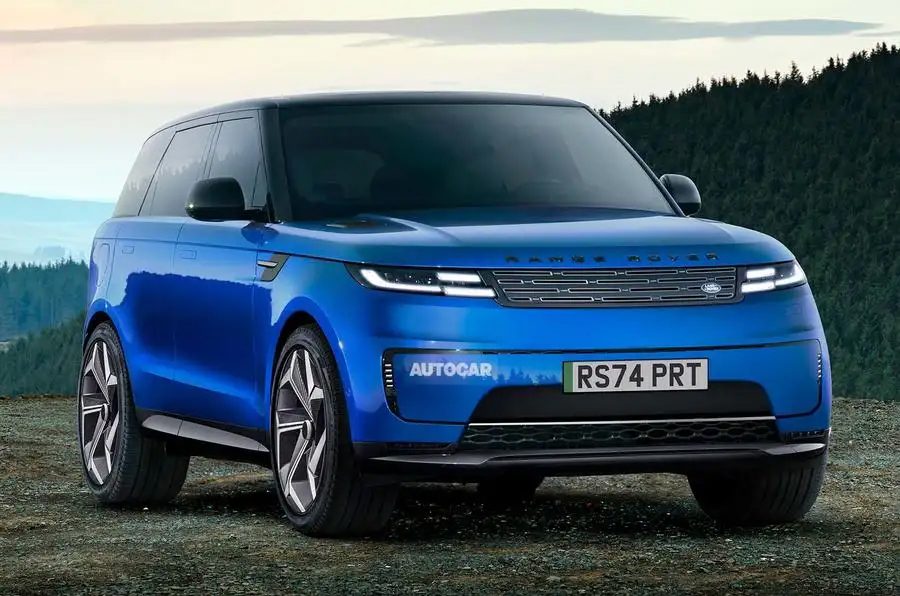
Straight-line performance should be up with today’s V8, so you’d imagine a 0-100 time of under 4sec for the top model. Both of the electric Range Rovers must have the EV performance credentials to allow them to compete in what is an increasingly crowded segment.
It is clear that they will have 800V charging hardware to enable quick top-ups. Expect a charging intensity of at least 270kW. Battery details have not yet been divulged.
Whether or not RRs share drivetrain components with BMW models is not clear either, though the pair did agree to collaborate on such things in 2019. BMW iX is available with twin-motor powertrains ranging from 243kW to 462kW, similar to current Range Rover ICE model outputs.
JLR’s MLA architecture was designed for all power sources so significant structural revisions aren’t really required. The EV interiors may be quite similar to those in current RRs as well. However, the electric versions with their big batteries will be more expensive to ensure workable Range Rover profit margins.
In the UK the Range Rover Sport EV is likely to exceed six figures, even in its most basic form.


